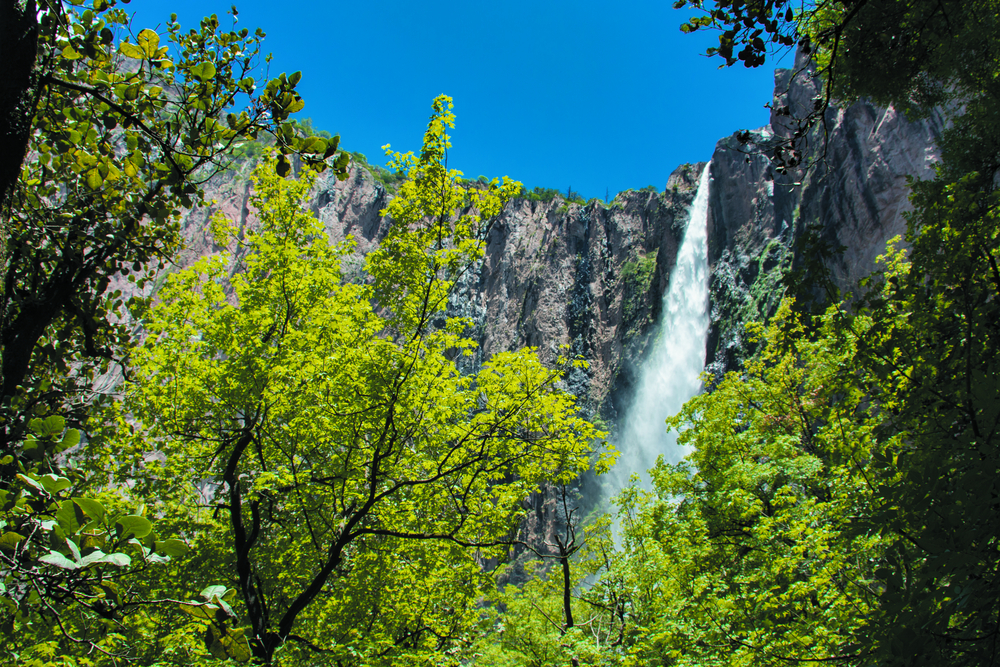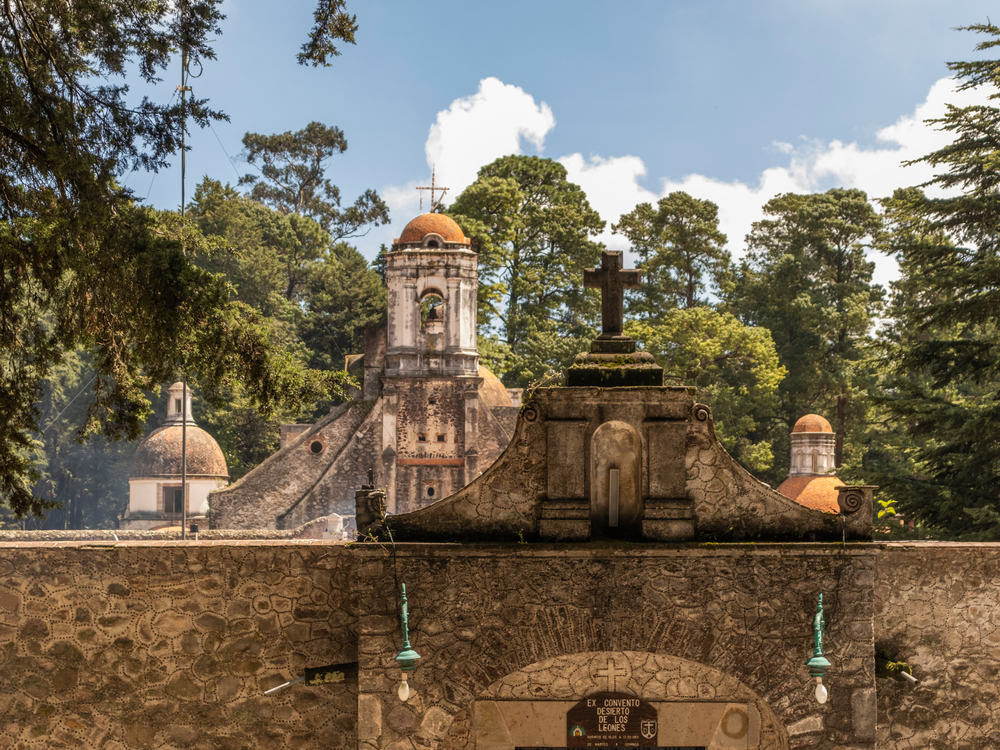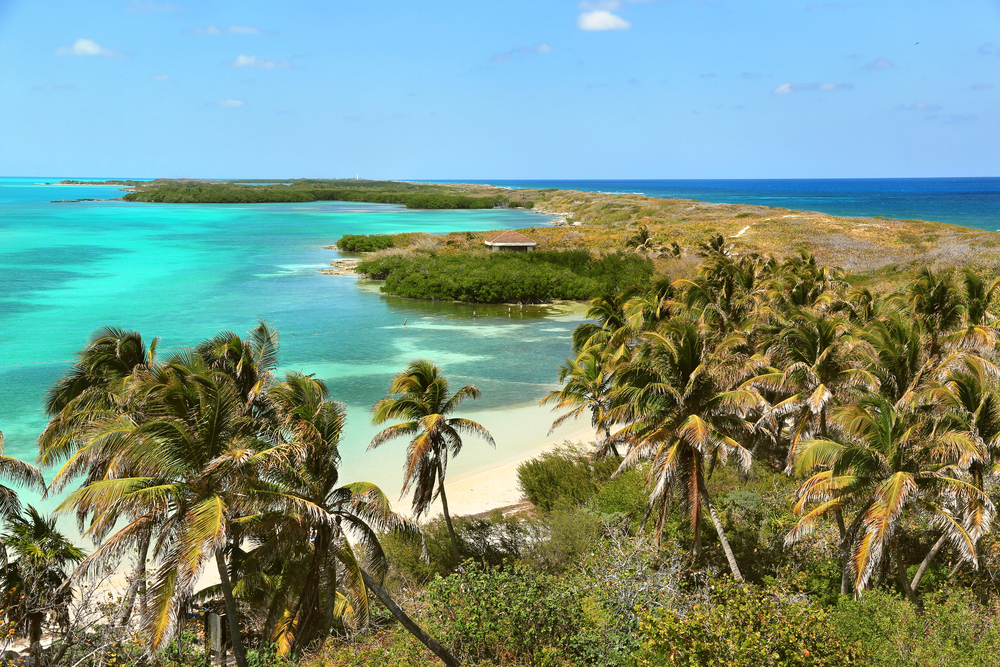Desierto del Carmen Overview
Desierto del Carmen National Park, also known as Desierto del Carmen or Nixcongo, is a protected natural area located in the municipality of Tenancingo, in the State of Mexico.
Covering approximately 529 hectares (5.29 km² or 2.04 square miles), the park was designated a national park on October 10, 1942. This serene and historically rich destination offers visitors a mix of cultural heritage, breathtaking landscapes, and diverse wildlife.
The park’s terrain is characterized by dense forests of pine and oak, interspersed with cedar and eucalyptus trees. It is part of the Sierra del Carmen, a mountainous area that provides stunning viewpoints such as the Balcón del Diablo and the Balcón de San Miguel.
From these vantage points, visitors can enjoy panoramic views of the valleys of Tenancingo and Malinalco, as well as the imposing Nevado de Toluca volcano. The park’s landscape features rolling hills, deep ravines, and lush vegetation, creating a refreshing retreat for those seeking tranquility in nature.
Wildlife in Desierto del Carmen National Park is varied, making it an excellent location for observing native species. Among the mammals found in the park are shrews, field mice, skunks, bats, and squirrels.
Birdwatchers can spot species such as sparrows, owls, and hawks, while reptiles and amphibians like lizards and salamanders also inhabit the region. The combination of forested areas and open spaces provides suitable habitats for these species, contributing to the park’s ecological richness.
One of the most prominent attractions of the park is the Convent of Santo Desierto, built by the Discalced Carmelite order in the late 18th century. This convent, also known as Santo Desierto del Carmen, was established as a spiritual retreat, lending the park its name.
Within the convent, visitors can see the revered image of “Cristo de las Siete Suertes,” a life-sized wooden statue believed to have miraculous properties. The historical significance of the convent, combined with its architectural beauty, draws both religious pilgrims and history enthusiasts.
Visitors to Desierto del Carmen National Park can engage in various activities that immerse them in its natural and cultural beauty. Hiking trails wind through the forests, leading to scenic viewpoints and quiet spots ideal for relaxation.
The park also features designated camping areas, allowing guests to experience the serene environment overnight. Additionally, local vendors offer traditional foods and handicrafts, enriching the cultural experience for visitors. The blend of nature, history, and local traditions makes the park a unique destination.
In terms of conservation, the park faces challenges in balancing tourism with environmental preservation. Efforts are focused on protecting its natural and historical heritage while promoting sustainable practices.
Environmental education initiatives aim to raise awareness among visitors and local communities, ensuring that the park remains a well-preserved sanctuary for future generations.
Desierto del Carmen National Park stands out as a unique destination where nature and history merge harmoniously. Its striking landscapes, rich biodiversity, and historical significance make it an ideal spot for those seeking both adventure and cultural exploration in a peaceful and scenic setting.
Park Map
Desierto del Carmen National Park Highlights
Share your clicks with us
Related National Parks More Mexico

Basaseachic Falls National Park

Cañón del Río Blanco National Park

Cañón del Sumidero National Park

Cerro de Garnica National Park

Cerro de Las Campanas National Park

Cerro de la Estrella National Park

Cofre de Perote National Park

Costa Occidental de Isla Mujeres National Park

Desierto de los Leones National Park










































































